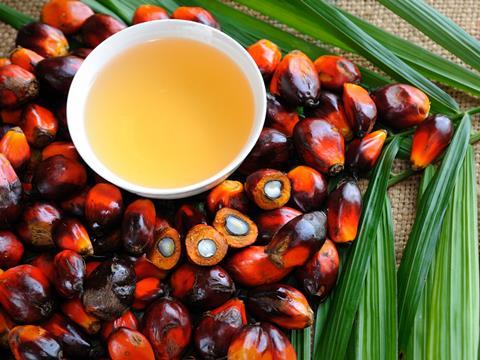
As Iceland pledges to ditch palm oil from its supply chain, prices for the commodity have dropped amid a rebound in production.
Palm oil was this week trading near 2,400 Malaysian ringgit (£436) a tonne, having reached highs of 3,300 (£599) last year, according to Stefan Vogel, Rabobank global sector strategist for grains & oilseeds.
“Since October we’ve seen high export volumes and production volumes in Malaysia and Indonesia, which has brought a bearish move in prices,” he adds.
Prices for palm oil were “fairly high” throughout 2017, Vogel says, with the commodity trading at about 2,800 ringgit per tonne from March to September before beginning to fall at the end of the year.
“Prices were elevated because of severe production shortfalls in the region, which were driven by a year of very poor rainfall in the region in 2015 due to El Niño,” Vogel says. “We saw production falling in the region throughout the whole of 2016 and though it recovered in 2017, it didn’t recover as much as the market expected. However, since October 2017 we have seen very good production.”
Global palm oil production fell from almost 62 million tonnes in 2014/15 to 59 million tonnes in 2016/16, before rebounding last year to 65 million tonnes. In 2017/18, production is expected to reach 70 million tonnes. Demand was around 62 million tonnes last year and is expected to reach 65 million tonnes this year.
However, Vogel notes demand is often higher than the figures reflect and doesn’t think palm oil prices will drop much further this year. “We don’t think prices will go much lower than this despite good production because of strong demand,” he says. “Ramadan begins in May and that is usually a time when there is extra demand for cooking purposes in Muslim regions.”


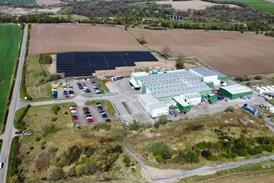





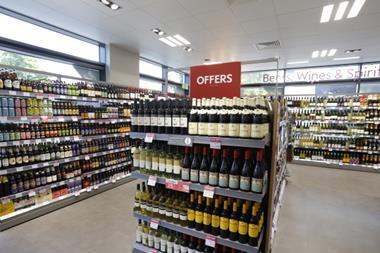
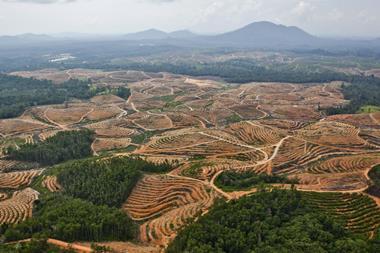

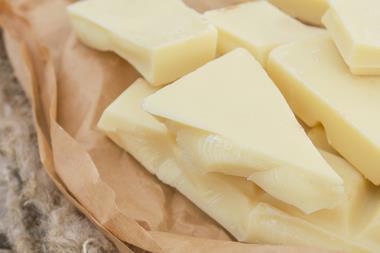

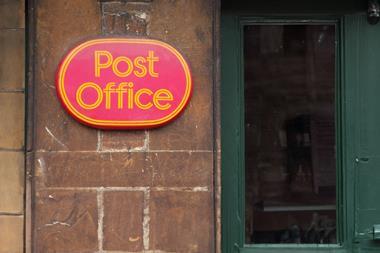





No comments yet